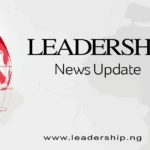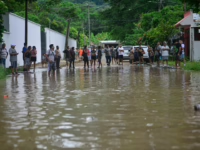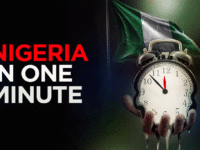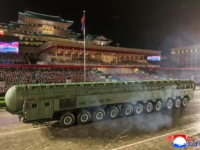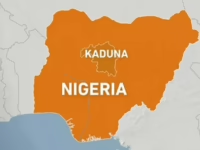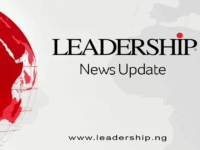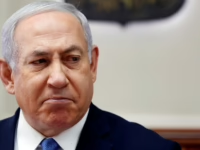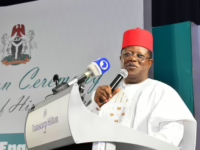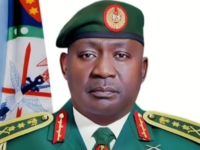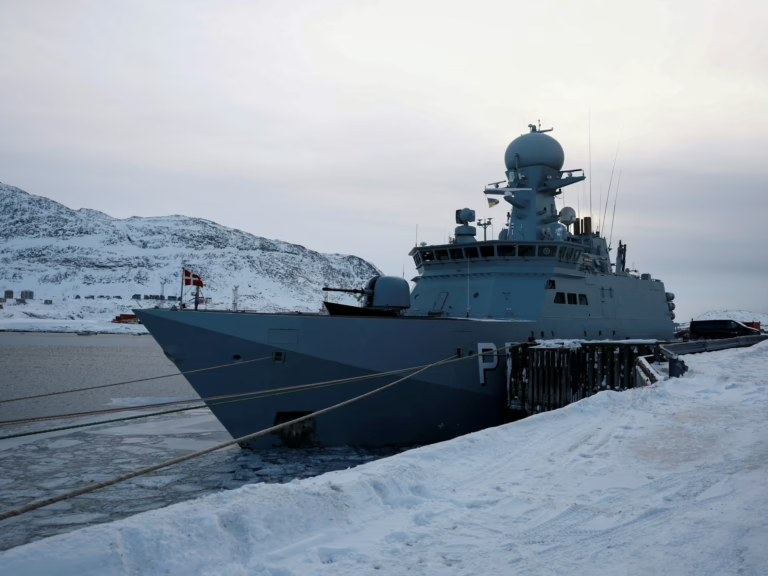This investment marks the latest chapter in Denmark’s extensive multibillion-dollar defense expansion, prompted in part by former U.S. President Donald Trump’s controversial proposals regarding Greenland.
Denmark is set to allocate approximately 27.4 billion Danish kroner (around $4.26 billion) to enhance its military presence and security infrastructure in the Arctic region, aiming to counteract geopolitical pressures, including those stemming from Donald Trump’s earlier attempts to purchase Greenland, a Danish semi-autonomous territory.
The funding will support the acquisition of two new Arctic patrol vessels, the establishment of a dedicated Arctic command center, installation of a North Atlantic undersea communications cable, and procurement of maritime surveillance aircraft, according to an announcement from the Danish Ministry of Defence on Friday.
In addition, Denmark plans to expand its fleet of F-35 advanced fighter jets by 16 units, increasing the total to 43. Chief of Defence Michael Hyldgaard described this move as a “clear demonstration of sovereignty.”
Hyldgaard emphasized that the new aircraft will greatly enhance Denmark’s combat capabilities, operational versatility, and its contributions to NATO’s collective defense efforts.
This accelerated military buildup is a strategic response not only to Russia’s ongoing conflict in Ukraine but also to the lingering implications of Trump’s repeated overtures to acquire Greenland, which Denmark has governed for nearly 300 years.
Just last month, Denmark finalized its largest-ever defense procurement, investing 58 billion Danish kroner ($9.2 billion) in European-manufactured air defense systems. Concurrently, the country announced a significant policy shift by acquiring long-range missile systems for the first time, aiming to strengthen deterrence against Russian aggression.
Although Trump has not recently reiterated his Greenland purchase proposal, Danish officials remain vigilant. Politico reported that Danish Prime Minister Mette Frederiksen conveyed to lawmakers that despite a temporary sense of relief, the threat perception remains high.
The White House has previously justified Trump’s stance by highlighting Greenland’s strategic importance and asserting that U.S. protection would better shield the island from emerging Arctic threats.
However, Greenlandic authorities have firmly opposed any such acquisition. Prime Minister Jens-Frederik Nielsen addressed the European Parliament, underscoring Greenland’s critical geopolitical position amid intensifying global rivalries.
“Greenland and the European Union share a vital partnership, each relying on the other,” he stated.
The Race for Arctic Dominance
The Arctic is rapidly becoming a focal point for international competition due to its untapped potential in strategic shipping lanes, energy resources, and rare earth minerals-assets that are increasingly accessible as climate change reduces ice coverage.
Russian President Vladimir Putin has significantly bolstered Moscow’s military presence in the Arctic, partly to capitalize on the Northern Sea Route, which offers the shortest maritime passage between Europe and the Asia-Pacific region.
Putin’s ambitions have sparked debate because this route is projected to become more navigable with ongoing ice melt, extending well beyond Russia’s current maritime boundaries, as noted by the Atlantic Council.
Meanwhile, China has partnered with Russia on multiple Arctic infrastructure initiatives while independently deploying vessels to gather extensive data aimed at identifying new shipping corridors and resource deposits.
A 2023 report from the U.S. Department of Defense warned that the growing cooperation between China and Russia in the Arctic across various domains of national power poses significant strategic challenges, a characterization both nations have publicly rejected.
Despite tensions, Putin has expressed openness to collaboration with Western countries in the Arctic, stating earlier this year that stronger Russian positions would enable broader international projects involving friendly nations and potentially Western partners interested in joint ventures.


